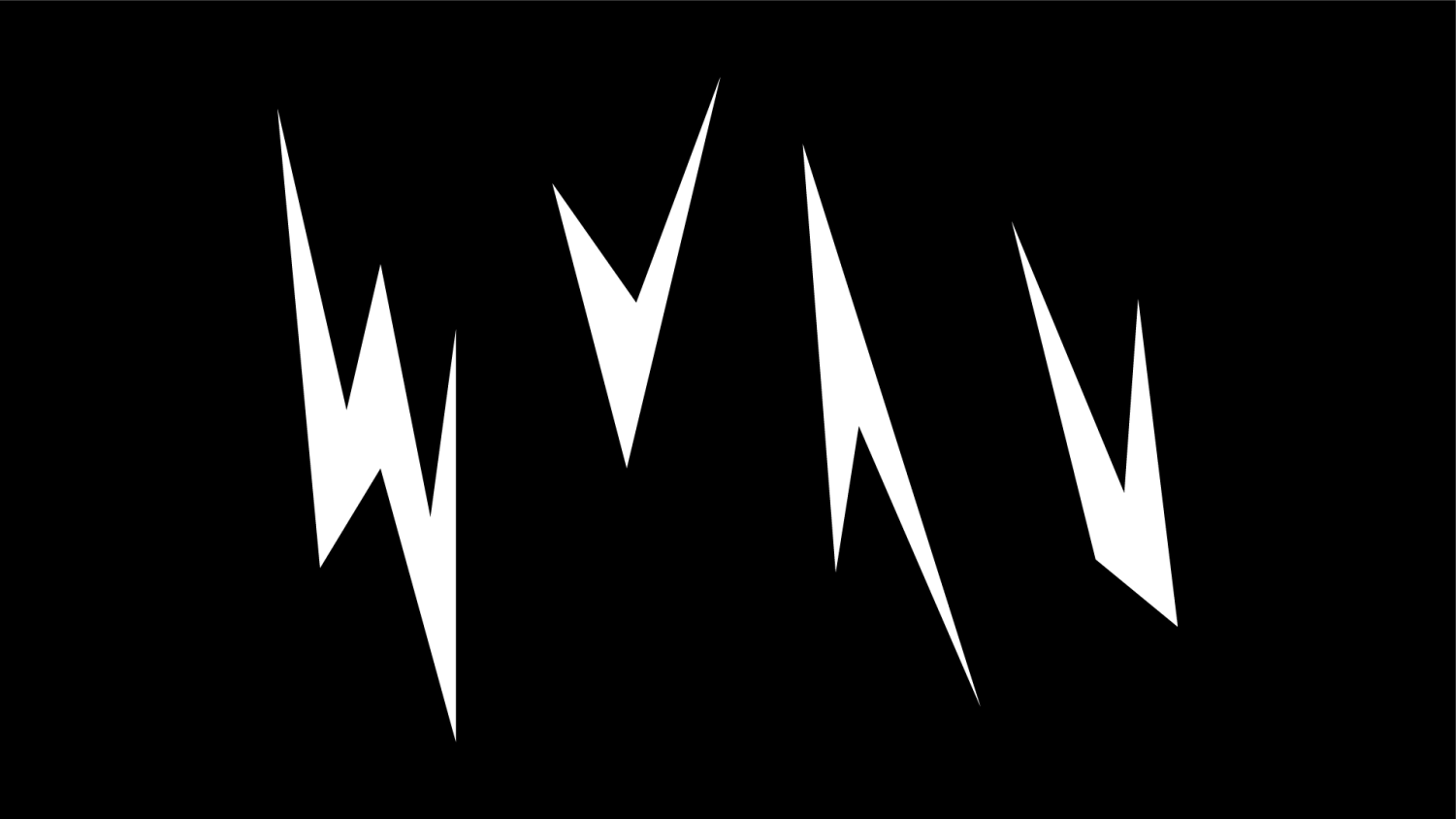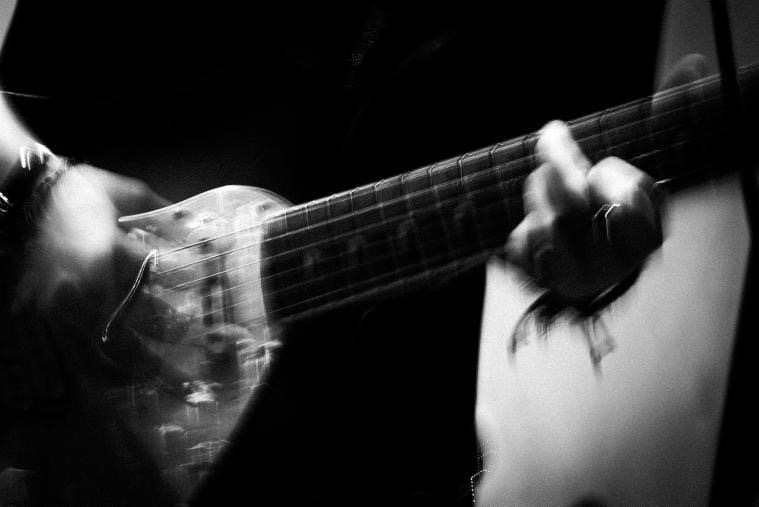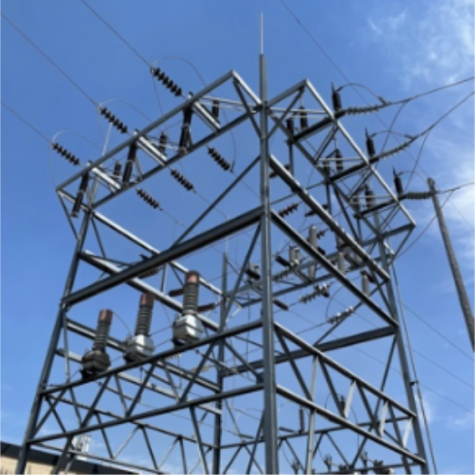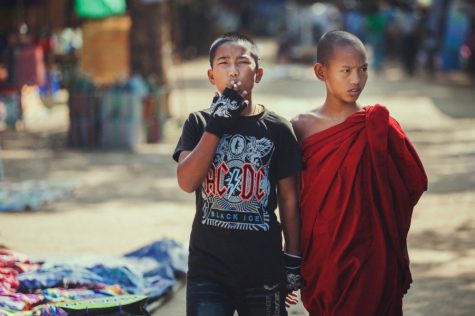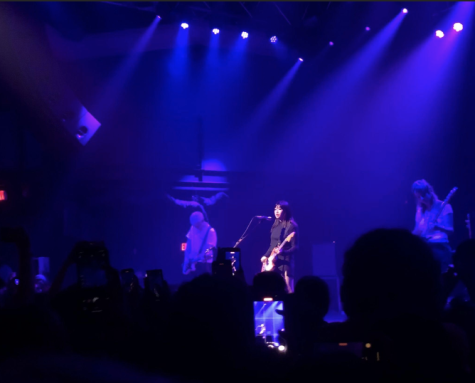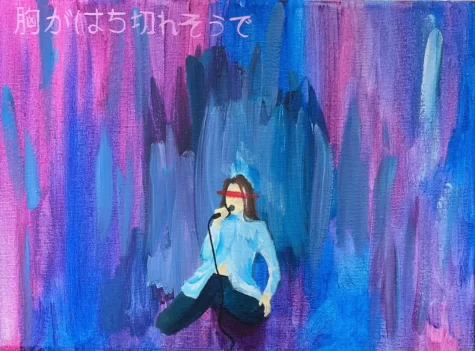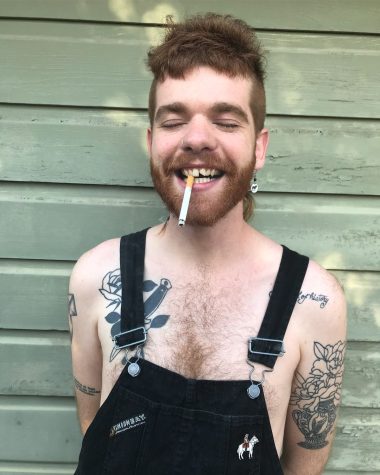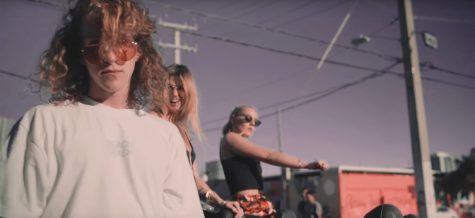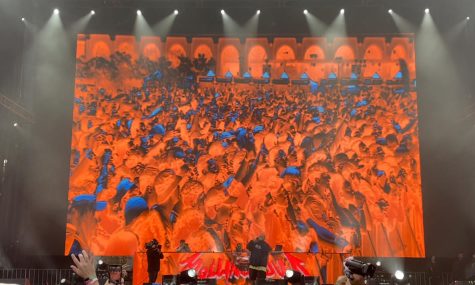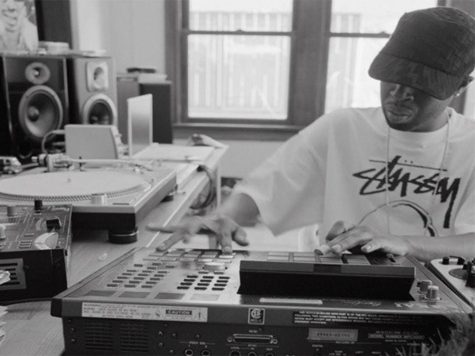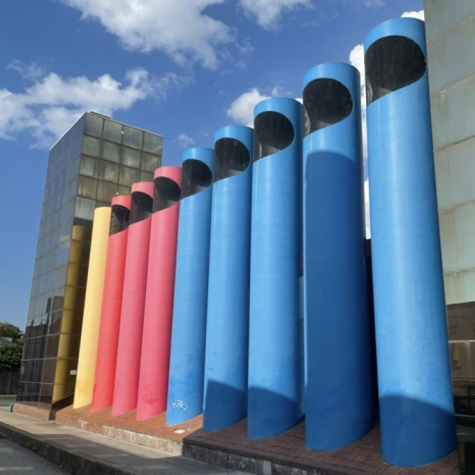The Looking Glass: Schoolboy Q’s "Oxymoron"
March 14, 2014
With the release of Oxymoron, we are confronted by the very new and long awaited project ofåÊSchoolboy Q. Schoolboy Q noted in an interview that the album has a double meaning; it refers not only to a kind of debut, a coming of a new artist into the mainstream of hip-hop ÛÒ of the tradition, say ÛÒ but also of a moment of reflection and division: Oxymoron is an act of profound distancing. Oxymoron, in the most basic sense, instructs us of what we should know of Schoolboy Q, where he has come from and what he wishes to become. But it is more than a common confession. In tracks such as “Grooveline Pt. 2” and “Man of the Year,” we gather ourselves in front of what Schoolboy Q sees as his new identity ÛÒ gone are the days of “Hands on the Wheel” (“Life for me is just weed and brews/See the hoes flock to you when your name is QÛ)
What this album does is integrate, while also seeking to distance, Schoolboy’s style and story from a certain nexus of well-known and defined artists; tracks compiled with Kendrick, Tyler, and so on, are all brought to bear on the listener and her experiential horizon. But despite this wide range of sounds, one cannot fail to hear and understand what these artists are not ÛÓ and cannot ÛÓ be, Schoolboy Q. However, Oxymoron also provides us with a new permutation of Schoolboy Q.

Confronted by the common aesthetics of Kendrick, Tyler, BJ The Chicago Kid ÛÒ with the elegant Spanish hook, the war sirens and bodies hitting the floor, the inexpressible distance between the formation of work and the expression of work ÛÒ we are provided with proof that not only has Schoolboy Q been integrated into the landscape of contemporary hip-hop, but also the contrary, that Schoolboy Q stands out from any single or collective narration of facts or tales that guarantee us in our beliefs in Kendrick, Tyler and so on. Of this, in “Collard Greens” we hear “ÛWhat these niggas make a year, I spend that on my daughters shoes/Smoking weed and drinking, all the college students loving Q/We gon’ turn it out until the neighbors wanna party too.” Schoolboy Q’s dominance — his aesthetic form and function in this universe — supposes a distinct being separate from these other artists (In “Hell of a Night,” “Shit’s real and I just begun, so many ladies wanna share my tongue/Uh, man this life of mine, we in the lead, we ain’t pressed for time.Û). _Oxymoron_åÊconstructs a new field of interaction and reflection, a kind of collection of signifiers and significations, which, unlike other artists, drives us into a new and different interpretation of contemporary hip-hop, and the iteration of Schoolboy Q ÛÒ one that we have only just begun to unearth.
This act of excavation and construction is one that challenges what we know of contemporary rap ÛÓ as we float through the faded scene playing on Schoolboy Q on a piano, a small girl in a pink dress skipping with a balloon, we understand the meaning behind the lyrics of “Break the Bank:” “My time to show out, finally the illest Crip/And I guarantee, I spit harder than concrete/Surprised I got teeth, my lungs inhale keef.” Against our initial intuitions, ones that would force us to posit a certain essence at the heart of this album – that is, what Schoolboy Q isåÊÛÓ we argue that we can only come to glimpse this new zone. We come to see Schoolboy Q laid against others, and in the most profound sense, against his former self (of this, again “Break the Bank” sings, “Learn my set trip grill, trade in my big wheel/Good grades and skipped school, this life gon’ catch up soon/ Sure nough that shit did, 20 year old kid/Got off my behind, write me some sweet lines/Cause one day my story gon’ pay.Û)
At the center of this construction, in “Hell of a Night,” we are drawn into a lush and relaxed landscape, playing on a certain doubled inflection – invoking both a soft humming found in theåÊmow-town era and the mid 2000s trip-hop, there is a series of engagements with other well-known artists that Schoolboy Q uses to distinguish himself from. In “The Purge,“åÊwe locate ourselves into the familiar dystopian iteration of Tyler, The Creator. With war sirens, bodies on the floor, and Tyler’s dark subtexts (of murder and man-slaughter), Schoolboy Q distances while affirming his own identity. Thus, we come to see that the entire album is erected upon theåÊdiscordance between Schoolboy Q and his interlocutor.
While not having any distinct or knowable center, we easily locate Schoolboy Q into darkened and empty studios scenes, beach scenes, and acts of remembering and mourning. Of this, in “Grooveline Pt. 2,” which stands as the most mature and introverted track on the album (Schoolboy Q notes in an interview with NPR, “Oxymoron though is more so ÛÒ I done had my setbacks, you get what I’m sayingÛ_ My name comes from a pimp named Schoolboy, from my blockÛ), Suga Free sings “And anything good hurts and I cried/Shit I just don’t want to throw it up in my mothafuckin’ face/Or I choose not to do this around you,” with which, we follow directly with “Will forgive and forget yesterday/Now get’em, Q, a pimp on foot, go to sleep carless, wake up to a Cadillac/Remember Forrest Gump walked and he was pretty stupid/So you know what? Accept the fact that the bitch belongs to the world.” What makes these statements possible is the historical fact that at the very moment when we conceptualize contemporary hip-hop, when artists are easily located in an embattled state — with the material decay that is necessitated by success ÛÒ Oxymoron undergoes a similar classification. Success pollutes as much as it rewards the artist ÛÒ thus, what we encounter in Schoolboy Q’s album is a certain ironic position. Schoolboy Q’s Oxymoron offers us a glimpse into a the life of an up-and-coming artist (in “Break the Bank,” “Tell Kendrick move from the throne, I came for it), while also revealing that a hip-hop artist’s very possibility of becoming an artist is predicated on an often unhappy dialogue between one’s past and one’s contemporaries.

